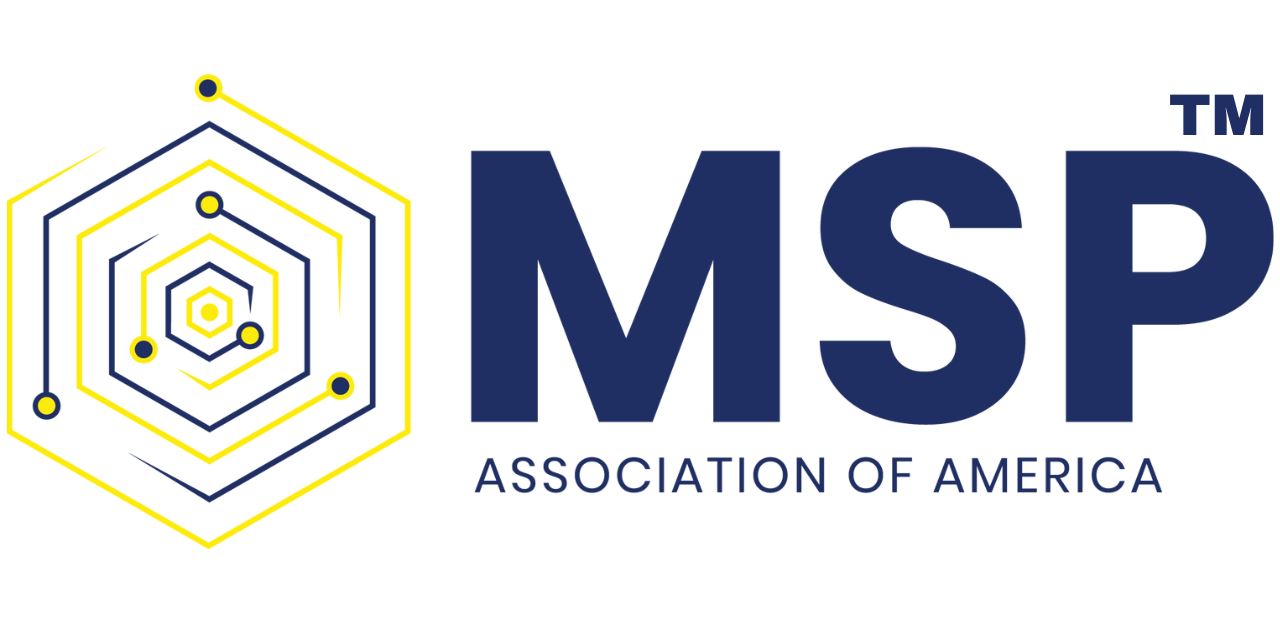No products in the cart.

Building Trust in Tech Conversations
Author: MSPAA
In the fast-paced world of technology, establishing a connection with clients before engaging in conversations is crucial. Clients often seek to associate a person with a reputable company name to ensure they are dealing with credible providers. This blog post explores how IT professionals can use social media personas and affiliations with national associations to build trust and credibility.
The Importance of Personal Connections in IT
In the IT industry, personal connections matter. Clients want to know who they are dealing with, not just the company name. This human element is vital in creating trust and establishing a solid foundation for business relationships.
* Understanding Client Expectations
Clients expect transparency and authenticity. They want to see the faces behind the company and understand their expertise. This helps in forming a connection and sets the stage for meaningful conversations.
* The Role of Social Media
Social media platforms like LinkedIn, Twitter, and Facebook play a significant role in showcasing personal and professional personas. They provide a window into the individual’s expertise, achievements, and affiliations, which can significantly impact the client’s perception.
* The Power of a Strong Reputation
A strong reputation is built over time through consistent actions and positive interactions. For IT professionals, this means being active on social media, sharing valuable insights, and engaging with the community in a positive way. This not only showcases expertise but also builds credibility. Political or condescending comments on these platforms is the fast track to destroying your online reputation.
Leveraging Social Media for Credibility
Here are some strategies to effectively use social media.
* Creating a Professional Persona
Your social media profile should reflect your professional identity. Use a professional photo, write a compelling bio, and highlight your expertise and achievements. This creates a positive first impression and sets the tone for future interactions.
* Sharing Valuable Content
Regularly share content that adds value to your audience. This could be industry news, expert opinions, or helpful tips. Sharing valuable content positions you as a thought leader and keeps you top-of-mind with your audience. Be open to discussion and refrain from enforcing your opinion on others. Companies and hiring agents review personas to understand your business approach and ethics.
* Engaging with the Community
Engage with your audience by responding to comments, participating in discussions, and sharing others’ content. This shows that you are approachable and willing to engage, which can build trust and foster relationships. This is not a place for political suggestions or affiliations.
The Impact of National Association Affiliations
Affiliations with national associations can significantly enhance your credibility. Clients often look for these associations as a sign of expertise and reliability.
The Benefits of Association Membership
Being a member of a national association shows that you are committed to your profession and adhere to high standards. It also provides opportunities for networking, professional development, and staying updated with industry trends.
* Showcasing Your Membership
Prominently display your association memberships on your social media profiles and professional bios. This can reassure clients of your credibility and expertise, making them more likely to engage in conversations with you.
* Leveraging Association Resources
Take advantage of the resources provided by national associations. This could include access to industry research, training programs, and networking events. These resources can enhance your knowledge and skills, further strengthening your professional persona.
Building a Strong Professional Network
A strong professional network is essential for building credibility and trust. Here are some tips for building and maintaining a robust network.
* Attending Industry Events
Attend industry events, conferences, and seminars to meet new people and expand your network. These events provide opportunities to learn from others, share your expertise, and form valuable connections.
* Joining Professional Groups
Join professional groups on social media platforms like LinkedIn. These groups provide a platform for networking, sharing knowledge, and staying updated with industry trends. Active participation in these groups can enhance your visibility and credibility.
Maintaining Relationships
Maintain your professional relationships by regularly staying in touch, offering help, and providing value. Building long-term relationships requires consistent effort, but it can significantly enhance your professional network and credibility.
The Role of Testimonials and Reviews
Testimonials and reviews from satisfied clients can greatly enhance your credibility. Here’s how to effectively use them.
Collecting Testimonials
Ask your satisfied clients for testimonials and reviews. Positive feedback from clients can provide social proof of your expertise and reliability, making potential clients more likely to trust you.
Displaying Testimonials
Prominently display testimonials and reviews on your website, social media profiles, and marketing materials. This can reassure potential clients of your credibility and encourage them to engage in conversations with you.
Leveraging Positive Reviews
Leverage positive reviews by sharing them on social media and in marketing campaigns. Positive reviews can boost your reputation and make you more attractive to potential clients.
The Significance of Consistent Branding
Consistent branding across all platforms can enhance your credibility and make you more recognizable to potential clients. Here’s how to achieve consistent branding.
* Creating a Brand Identity
Create a clear brand identity that reflects your values, expertise, and unique selling points. This should be reflected in your logo, color scheme, and overall design.
* Maintaining Consistency
Ensure consistency in your branding across all platforms, including your website, social media profiles, and marketing materials. Consistent branding can reinforce your professional image and make you more recognizable to potential clients.
* Regularly Updating Your Brand
Regularly update your branding to keep it fresh and relevant. This can include updating your logo, refreshing your website design, and staying updated with industry trends. Regular updates can keep your brand relevant and appealing to potential clients.
The Value of Thought Leadership
Positioning yourself as a thought leader can significantly enhance your credibility and attract potential clients. Here’s how to establish yourself as a thought leader.
* Sharing Expert Insights
Regularly share your expert insights on industry trends, challenges, and opportunities. This can position you as a thought leader and attract potential clients who are looking for expert advice.
* Writing Blog Posts and Articles
Write blog posts and articles on industry-related topics. This can showcase your expertise and provide value to your audience, enhancing your credibility and attracting potential clients.
* Speaking at Industry Events
Speak at industry events, conferences, and webinars to share your knowledge and insights. Speaking engagements can enhance your visibility and credibility, attracting potential clients.
Conclusion
In the competitive world of IT, establishing a personal connection with clients is crucial. By leveraging social media personas, national association affiliations, and consistent branding, IT professionals can build trust and credibility. This not only enhances their professional image but also attracts potential clients, leading to meaningful and successful business relationships. Start building your professional persona today and watch your credibility soar.




